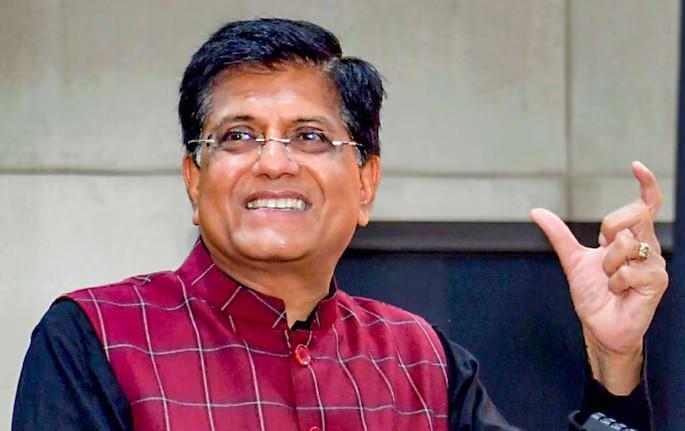
How did India’s most expensive artwork, by MF Husain, reach a Norway hospital?
The world of art is often shrouded in mystery, with the stories behind the creation and ownership of masterpieces often remaining untold. However, the recent sale of MF Husain’s ‘Untitled (Gram Yatra)’ at Christie’s auction has shed light on an intriguing tale of art, love, and philanthropy. The painting, which has now become India’s most expensive artwork at ₹118 crore, has an unexpected home in Oslo University Hospital, Norway.
The story begins in 1954, when Dr. LE Volodarsky, a Norway-based surgeon, purchased the painting from Husain himself. Volodarsky was not only an art connoisseur but also a great admirer of Husain’s work. He had seen the artist’s paintings during his travels to India and was captivated by their beauty and emotion. The two men struck up a friendship, and Volodarsky soon became a regular visitor to Husain’s studio in Mumbai.
In 1964, Volodarsky made the decision to donate the painting to Oslo University Hospital, where he worked. The hospital’s administration was initially surprised by the gift, but they soon came to understand the significance of the artwork. They decided to exhibit the painting in a private corridor, where it remained for many years, attracting visitors from all over the world.
So, how did this masterpiece by MF Husain, one of India’s most celebrated artists, end up in a Norwegian hospital? The story is a testament to the power of art to transcend borders and bring people together.
MF Husain was born in 1915 in Pandharpur, Maharashtra, and began his artistic journey at a young age. He was heavily influenced by Indian mythology and culture, which he incorporated into his work. His paintings are characterized by their bold colors, dynamic compositions, and emotive power.
‘Untitled (Gram Yatra)’, the painting that fetched ₹118 crore at auction, is a classic example of Husain’s style. The work depicts a vibrant and chaotic scene, with figures and animals dancing across the canvas. The painting is a reflection of Husain’s fascination with Indian folklore and his desire to capture the essence of rural India.
The painting’s journey to Norway was not an isolated incident. Husain’s work was already gaining international recognition in the 1950s, and he had a strong following among European collectors. Volodarsky, who was fascinated by Indian culture, was one of the first European collectors to recognize Husain’s talent.
Volodarsky’s decision to donate the painting to the hospital was a reflection of his philanthropic nature. He believed that art had the power to bring people together and improve their lives. By donating the painting to the hospital, he was able to share his passion for art with a wider audience.
In recent years, the painting has become a beloved fixture at the hospital, attracting visitors from all over the world. It is a symbol of the hospital’s commitment to the arts and its desire to provide a unique and uplifting experience for its patients and staff.
The sale of ‘Untitled (Gram Yatra)’ at Christie’s auction has raised questions about the future of the painting. Will it be returned to India, where it can be exhibited in a museum or gallery? Or will it remain in Norway, where it has become a beloved part of the hospital’s culture?
Whatever its future may hold, the story of ‘Untitled (Gram Yatra’ is a testament to the power of art to transcend borders and bring people together. It is a reminder that art is not just a commodity, but a force that can inspire and uplift us all.
Sources:
https://indianexpress.com/article/explained/explained-culture/m-f-husain-painting-9903618/lite/



